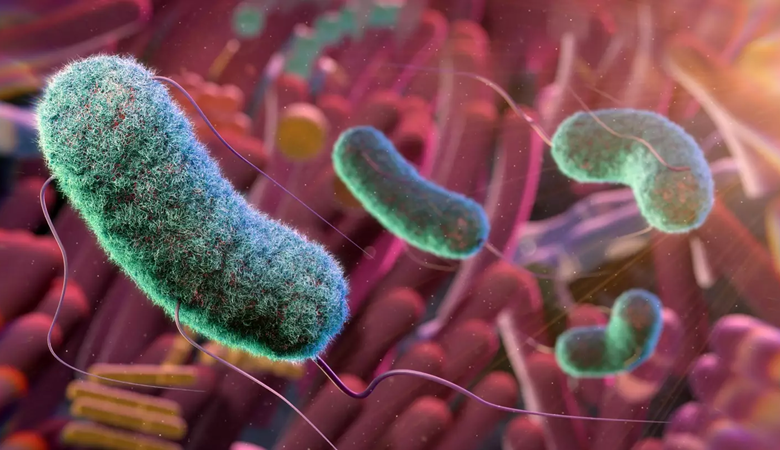Scientists Discover Resilient Bacteria Thriving in Microwave Ovens

News Mania Desk/Agnibeena Ghosh/16th August 2024
In a surprising revelation, scientists have discovered that microwave ovens, commonly used in homes, offices, and laboratories, are home to thriving communities of bacteria. This finding challenges the long-standing belief that the radiation emitted by microwaves, primarily used to heat food, effectively kills all bacteria. Instead, these resilient microbes have adapted to survive the repeated rounds of radiation, similar to how they thrive in other extreme environments.
Microorganisms are known for their remarkable ability to adapt and survive in a wide range of habitats, including those considered extreme or inhospitable to more complex life forms. Over millions of years, these microbes have developed mechanisms to endure harsh conditions, enabling them to colonize environments that are off-limits to other organisms. Scientists have previously isolated extremophiles—microbes that thrive in extreme conditions—from volcanic vents, permafrost, deep-sea hydrothermal vents, and even the exteriors of spacecraft and nuclear waste sites.
In this new study, published in the journal Frontiers in Microbiology, researchers explored the microbial communities living inside microwave ovens. The study involved taking samples from 30 microwave ovens located in homes, scientific laboratories, and shared kitchens, such as those in office spaces and cafeterias. These samples were then cultured in Petri dishes to determine the types of bacteria present, and DNA sequencing was used to further identify the bacterial genera.
The results were striking, revealing the presence of 747 different genera of bacteria across the sampled microwaves. The dominant genera included Bacillus, Micrococcus, and Staphylococcus, which are commonly found on human skin and surfaces frequently touched by people. Notably, bacteria from human skin were prevalent in all types of microwaves, with a higher abundance in household and shared-use appliances.
Some bacteria identified in domestic microwaves, such as Klebsiella, Enterococcus, and Aeromonas, are known to pose potential health risks. Meanwhile, laboratory microwave ovens were found to host the most diverse bacterial communities, including extremophiles—microbes capable of withstanding high levels of radiation, extreme temperatures, and severe dryness.
Manuel Porcar, a microbiologist at the University of Valencia in Spain and co-author of the study, emphasized the importance of regular cleaning in maintaining hygiene within microwave ovens. He noted that these appliances should not be considered cleaner than other kitchen surfaces simply because they are used for heating food. “What is clear is that one cannot trust a microwave to be a cleaner environment in terms of microorganisms compared to another kitchen surface. They must be cleaned like the rest of the kitchen,” Porcar stated in an interview with New Scientist magazine.
Belinda Ferrari, a researcher at the University of New South Wales in Australia, expressed little surprise at the study’s findings, given the known resilience of bacteria. She pointed out that bacteria have the ability to survive in almost any extreme environment, adapting to various stressors. Ferrari also highlighted the necessity of regularly cleaning microwaves with disinfectant products, particularly in shared or workplace environments where cleanliness is often overlooked.
The discovery of these resilient bacterial communities in microwave ovens not only underscores the adaptability of microorganisms but also raises awareness about the importance of proper hygiene practices in everyday kitchen appliances. As these microbes continue to survive and thrive in unexpected places, their potential applications, such as in the bioremediation of toxic waste, could open new avenues for scientific exploration.






